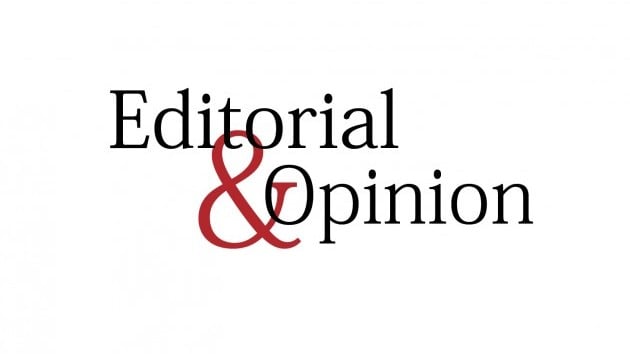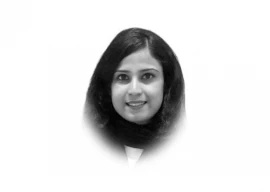
A month ago, when the no-trust move seemed imminent but not certain, it was evident that the brain behind the masterclass was none other than former president Asif Ali Zardari. It has been evident in the last three and a half years that despite the popularity of the PML-N leadership, no stalwart within the party had the gravitas to pull off the machinations of Zardari. Despite the Senate elections experience with the PPP, still rife in the minds of N-leaguers, they again had to mull over the possibility of having Khan ousted with the former’s support. But all is well that ends well.
It’s not the first time PPP has entered into an equation with the PML-N. But it’s a lot of firsts for PPP under Bilawal, as the Bhutto political scion. It is the first time a dynastic heir, as a party chairman, will hold a tier-two executive public office, and work under the prime minister of a former political rival as part of his cabinet. Age sometimes gives a blanket insusceptibility to the impossible. Before Bilawal became part of the cabinet, there were two thoughts within the PPP: one for and one against.
As he returns from his first international trip as the country’s foreign minister, it is interesting to note where and what the PPP is trying to achieve in this political maze.
The strategy is two-faceted: personal level and party level. On the former, the young party chairman as the foreign minister will look to build on his experience in a ministerial portfolio that will give him exposure to a host of foreign policy challenges and subsequently facetime with world leaders. As he works towards restoring the country’s strained diplomatic relations with global powers, he will also develop his own personal brand as a national leader on the international forum – something that may potentially come in handy for his future. Since this particular role has always been fraught with complications due to the inherent powers that be, it’ll be a litmus test for Bilawal to navigate through his deliverables.
Meanwhile, on the party level, PPP is trying to consolidate. In this last one and half decade, PPP has been reduced to a regional party from a national one. It has managed to keep Sindh as its bastion of support since the last three elections. But in order to restore competitive numbers and expand the wield of its influence within the legislature, it has been looking beyond Sindh.
It is south and central Punjab, where the party will look to re-organise their cadres and regain its lost glory. Being part of the coalition now allows it a number of opportunities to cement its party organisation in the region. It also has the leverage within the government to funnel development funds to strengthen its political positioning. Back in December 2021, when by-elections of NA-133 took place, the PPP was not too far from PML-N in terms of vote count. Moreover, the party leadership was physically present in the run up to the polls, actively partaking in the pre-by-election preparations. It was a similar sight when Bilawal canvassed for the Gilgit-Baltistan elections in 2020.
The ascension of the party’s central Punjab president and former prime minister Raja Pervez Ashraf to the National Assembly Speaker position as well as Yousuf Raza Gillani’s spot in the Senate earlier – all point to the notion that PPP is serious about galvanising its latent electorate in south and central Punjab, with important power players in place. As they prepare for the next elections it will be imperative for them to gather as many electables as possible, relying more on constituency level support instead of ideologues from south.
Although PTI suffered the whiff of persistent bad governance for the last three and half years since it came to power, the PPP has remained immune to the criticism of its performance or the lack of it in Sindh. Now as it’s part of a coalition led by PML-N it is inevitable that these three parties will face off again in future. The PPP, until now, has managed to spare itself from public expectations largely, but questions of systemic governance issues, corruption and lack of development will continue to hover over its future both as a political force in Sindh and nationally.
Published in The Express Tribune, May 12th, 2022.
Like Opinion & Editorial on Facebook, follow @ETOpEd on Twitter to receive all updates on all our daily pieces.














COMMENTS
Comments are moderated and generally will be posted if they are on-topic and not abusive.
For more information, please see our Comments FAQ